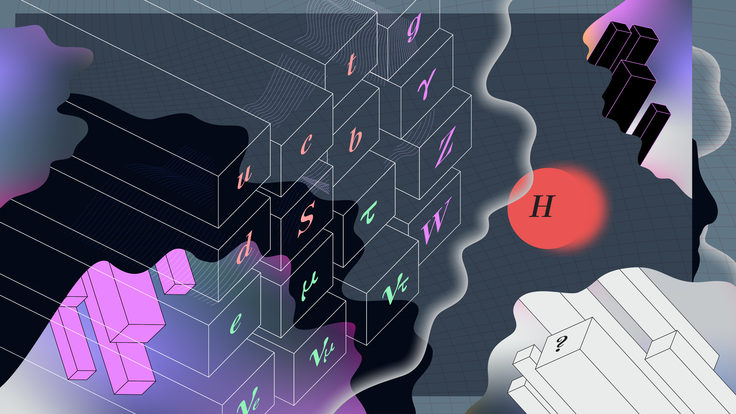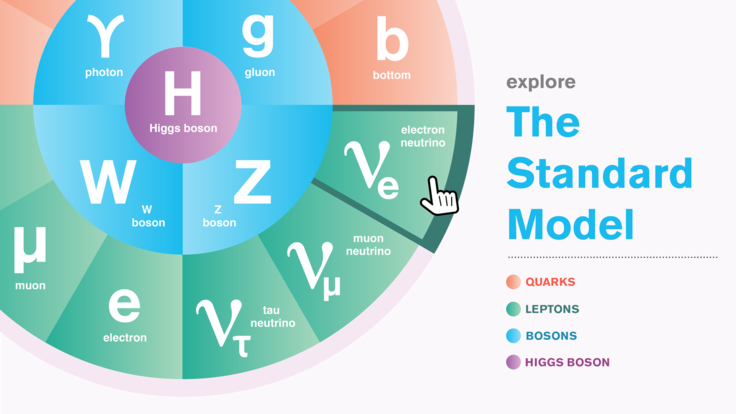
The cross section for production of the W boson as a function of collision energy. The ATLAS experiment measurements (red circle, blue square, brown triangle) are shown along with data from experiment at other particle accelerators.
CERN issued a press release this morning announcing the LHC results presented today at the ICHEP conference in Paris. The release stresses that the measurements currently being made by the four major LHC experiments are allowing them to “rediscover” the Standard Model of particle physics. But the presentations at ICHEP tell a slightly different story--the experiments are already making new measurements that contribute to the understanding of fundamental particles, and are even beginning to place limits on the existence of new particles.
It’s certainly true that many of the results presented today and last week--in the forms of charts, graphs, plots and tables of numbers--are simply re-measurements of the Standard Model, physicists’ best current understanding of the particles of matter and the forces that act between them. These repeat measurements are vital: if physicists can’t show beyond a shadow of a doubt that their new detector can measure something known, no one will believe them if they claim to measure something never before seen.
But many of the measurements are new. While the LHC experiments may be measuring particles whose existence has already been proven, they are measuring properties at an energy 3.5 times higher than ever before. These higher-energy measurements provide new, useful information to the physics community, for example to provide vital input to the theoretical models that describe how particles and forces interact. Such models are continually refined to more accurately reflect the way the universe works, and are also used to predict where new particles may be hiding. The more accurate the model, the better the chance that physicists will look in the right place for new particles, and the sooner the world might hear of a discovery.
One good example is the measurement of the cross section for the W boson. The W is a well-known particle, and its cross section has been very well measured at previous accelerators--but only at collision energies below 2 TeV. ATLAS and CMS presented at ICHEP their first measurements of the W boson cross section at 7 TeV, confirming predictions that the cross section should be approximately four times higher than at 2 TeV. The LHC experiments have also measured the difference between the production of positively and negatively charged W bosons, which may ultimately help physicists better understand the structure of the proton. This difference can only be measured at proton-proton colliders like the LHC.

First results from the CMS experiment's search for stopped gluinos. Lifetimes excluded by the CMS search are shown in the area where the black line dips below the blue line.
The LHC experiments are also already taking their first steps in the search for brand-new physics. The ATLAS experiment presented the most stringent limits so far on the existence of excited quarks, a theorized new type of quark. The CDF experiment had previously ruled out the existence of such particles with a mass of between 260 and 870 GeV; ATLAS has now extended the limit to 1290 GeV.
The CMS experiment presented results from their program to search for another type of exotic particle—stopped gluinos. These particles, if created in LHC collisions, would stop in the CMS detector, live a relatively long time compared to the infinitesimal lifetimes of particle like a top quark, and then decay into other particles. CMS physicists hunt these particles by collecting data between collisions of bunches of protons in the LHC beam. The DZero experiment has previously searched for the particles, and determined that they could not exist with a lifetime longer than 30 microseconds. With only a few months’ worth of data, CMS has now excluded the existence of these particles with a lifetime between 75 nanoseconds and 6 microseconds. (Check out Jester's post on the ICHEP blog for a more in-depth explanation of this search.)






